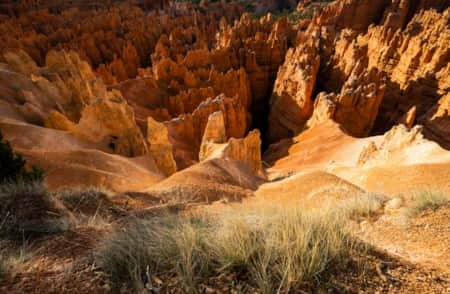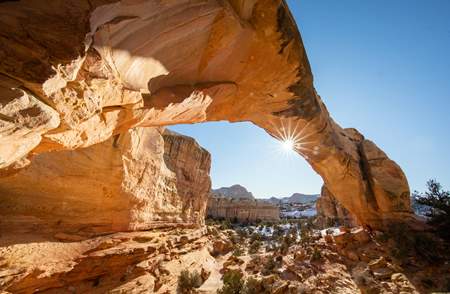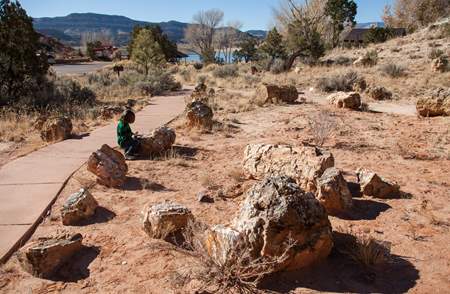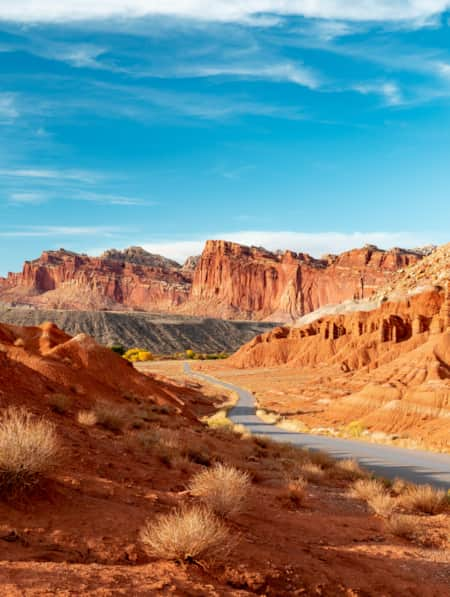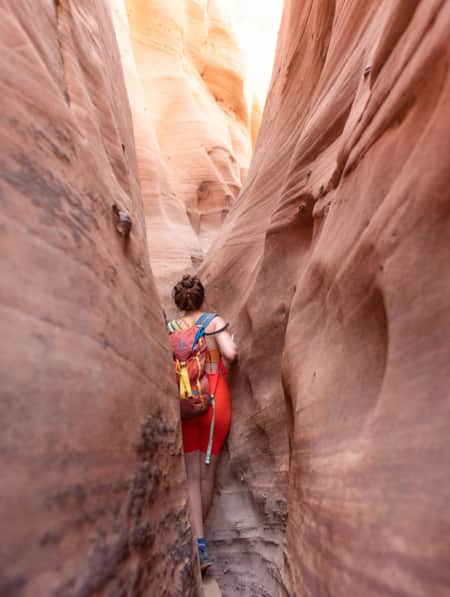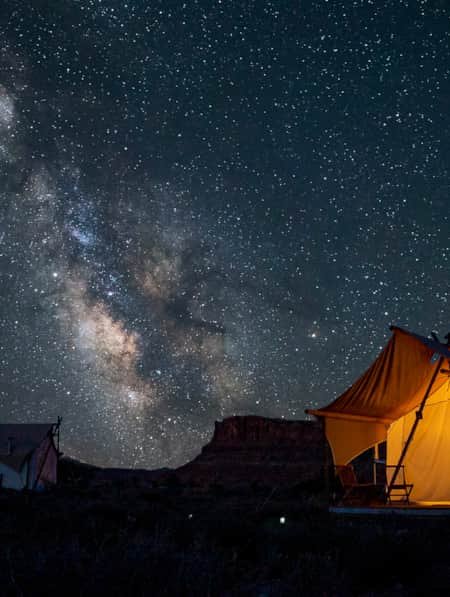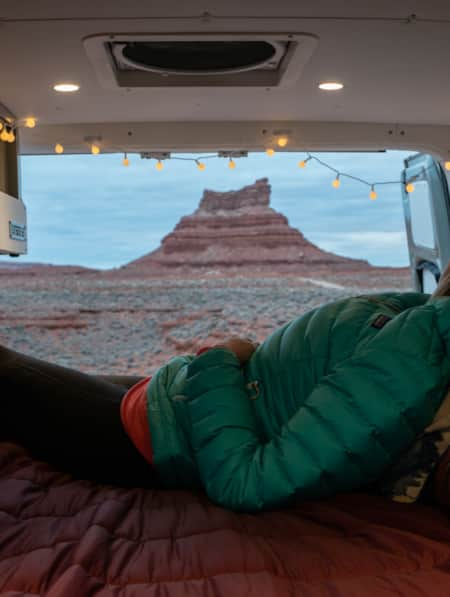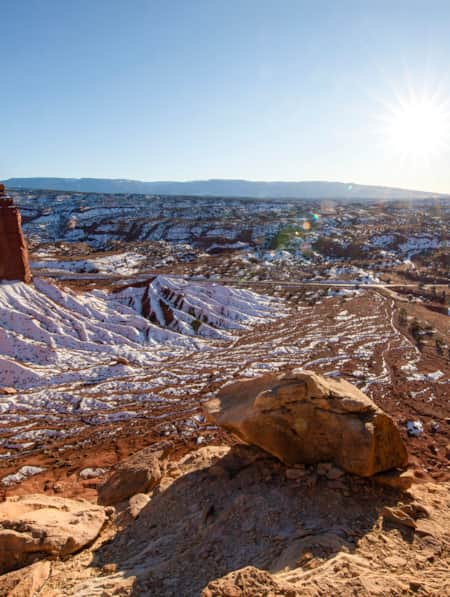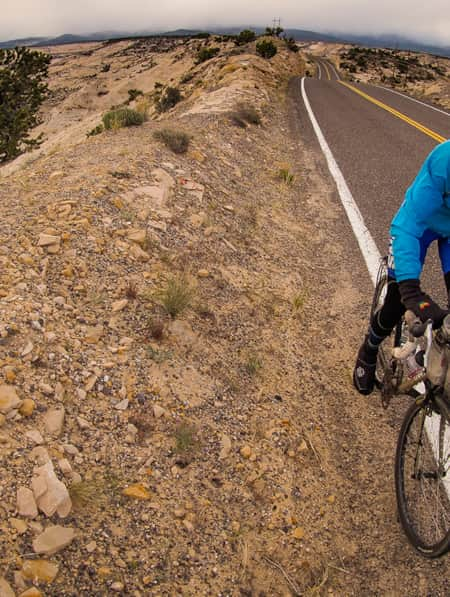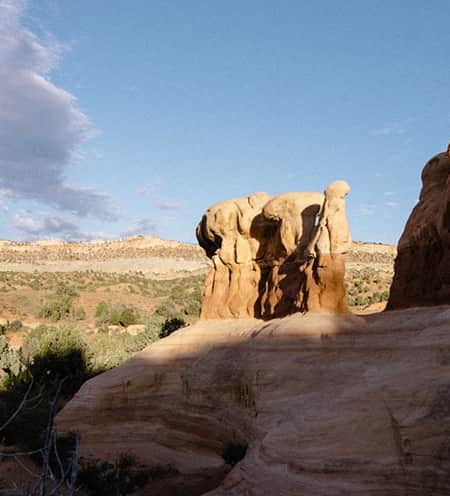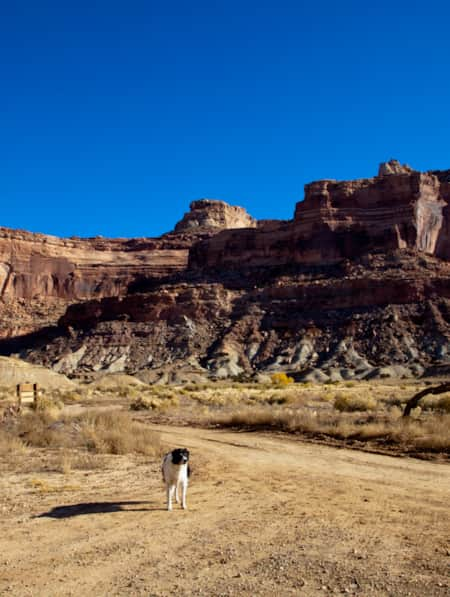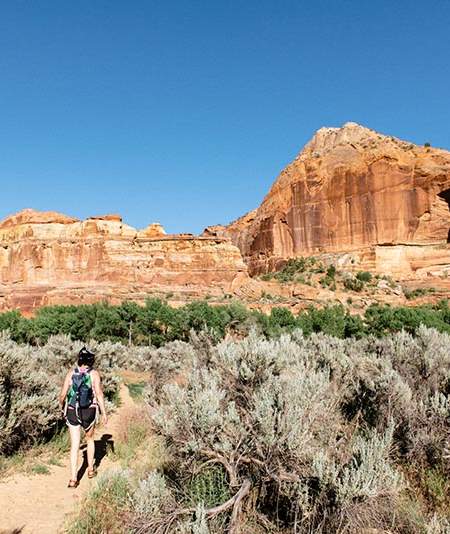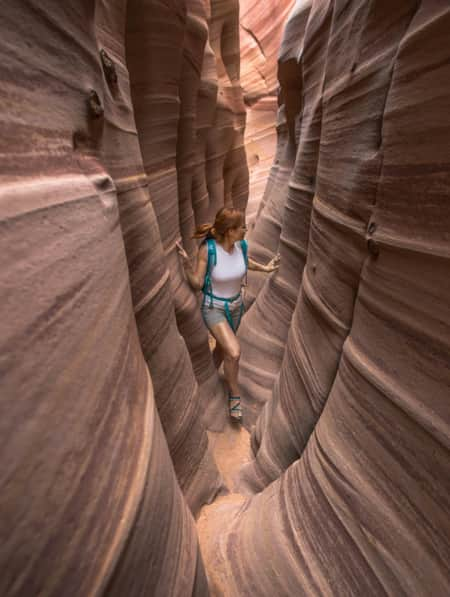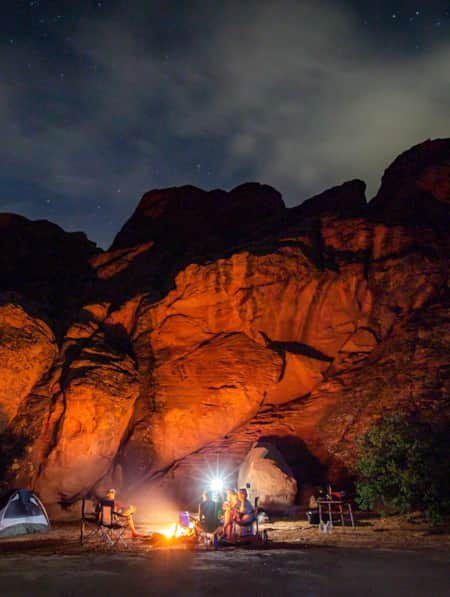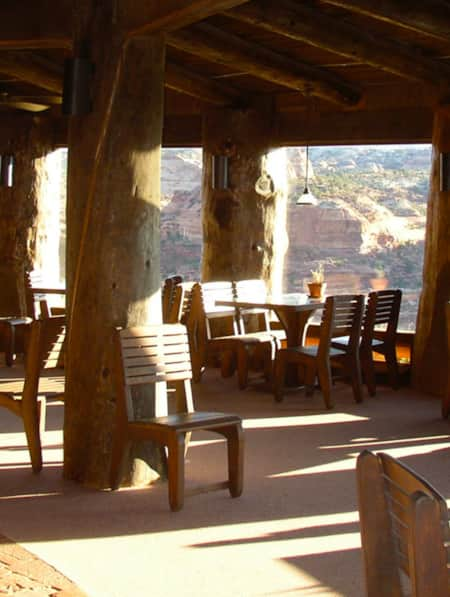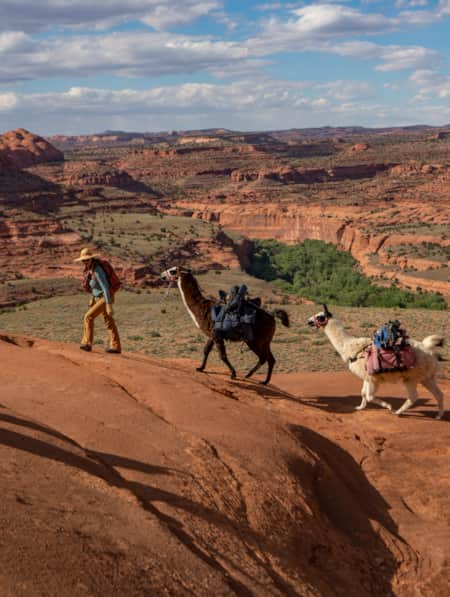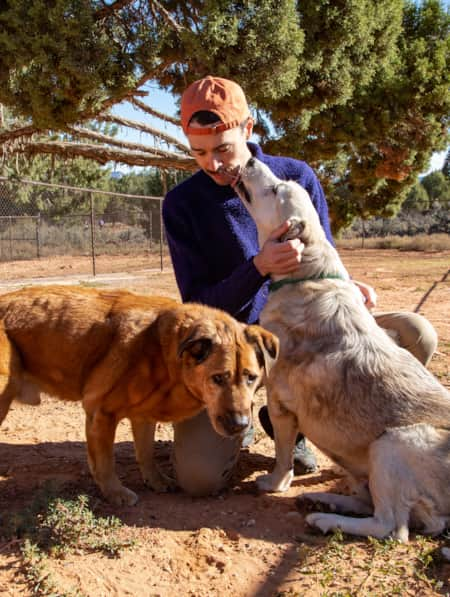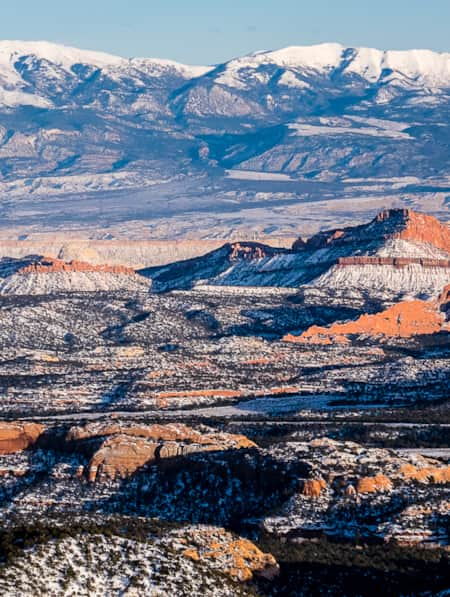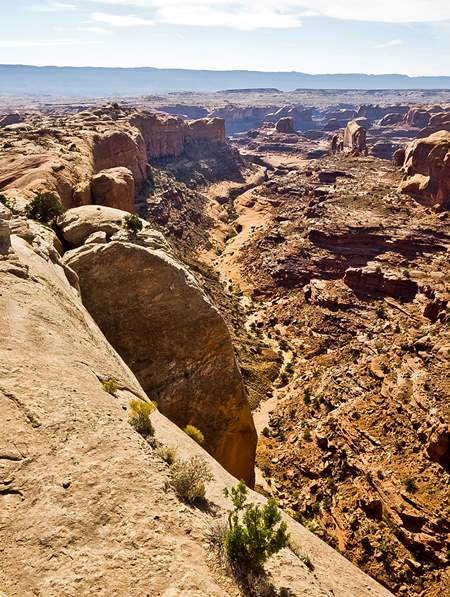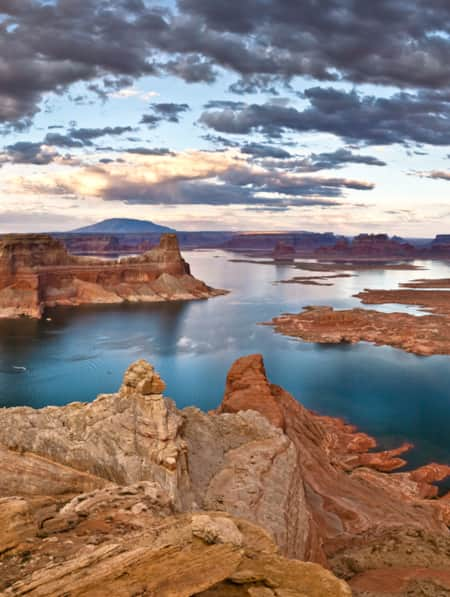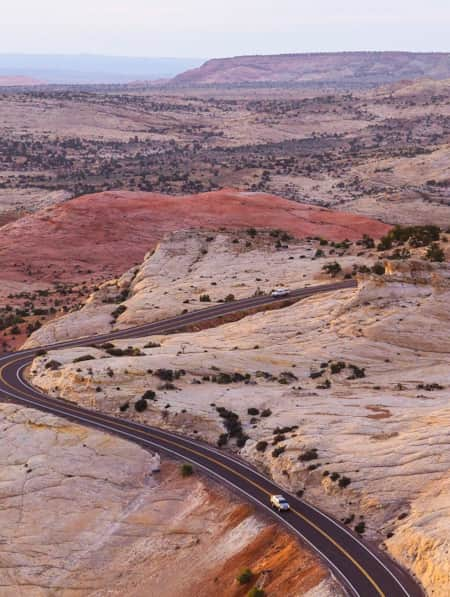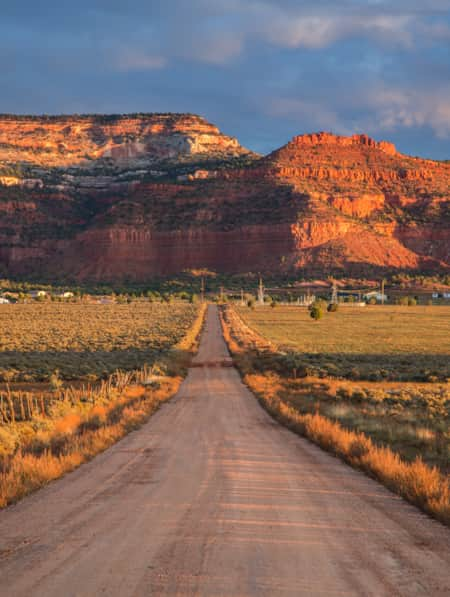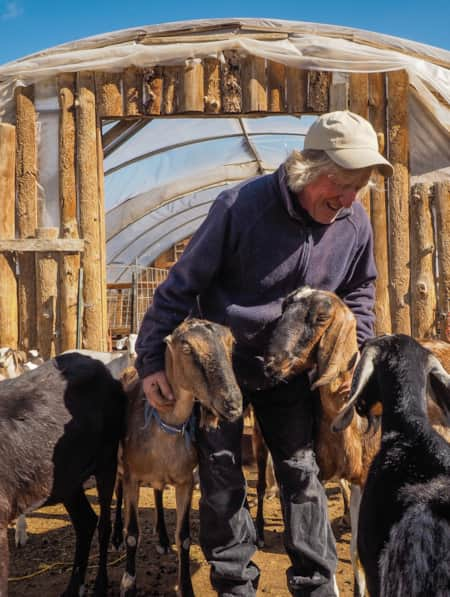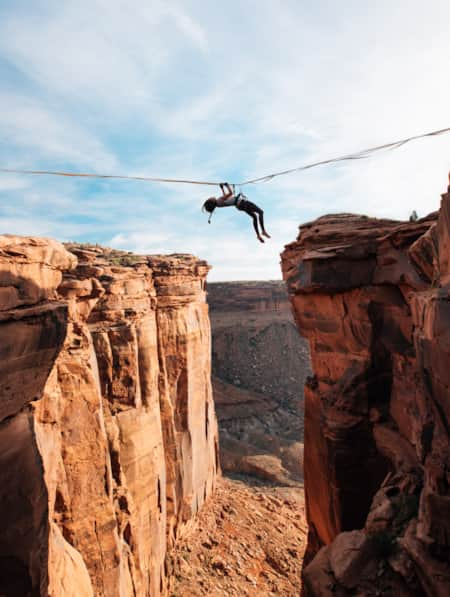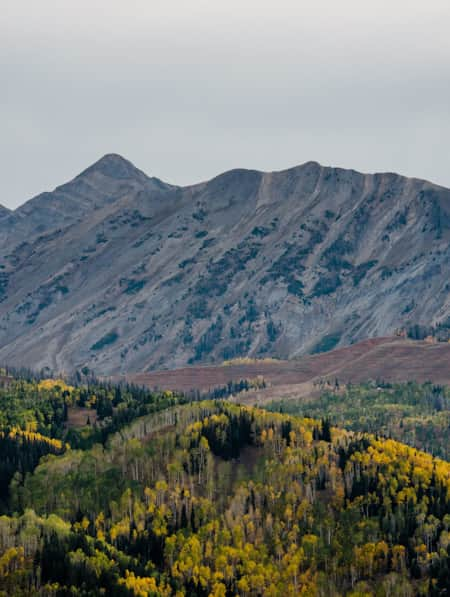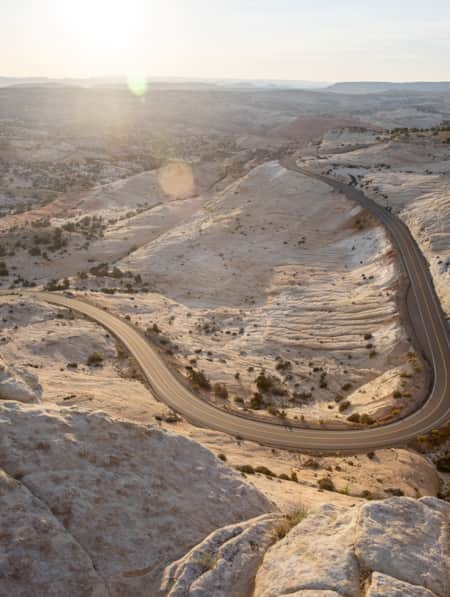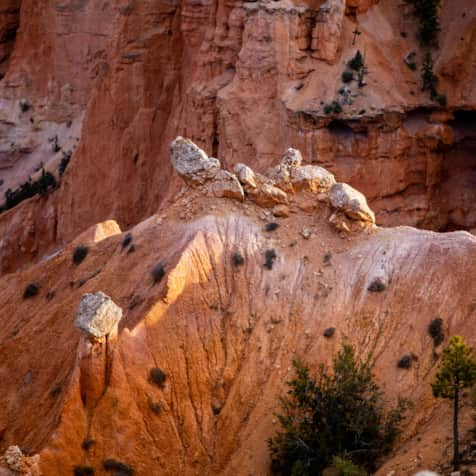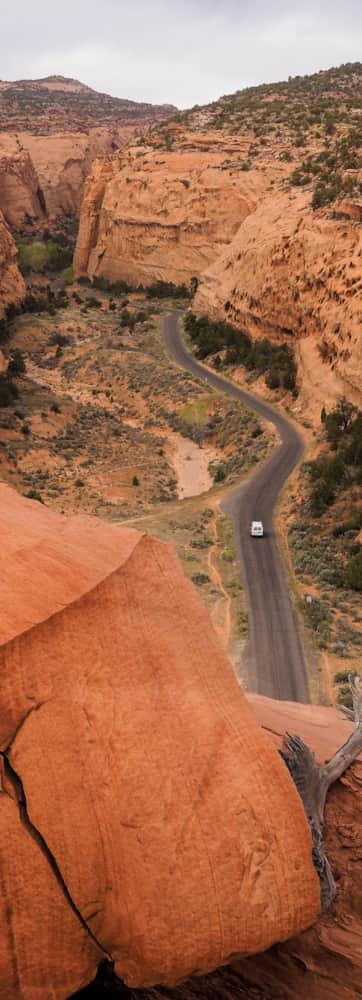
Grand Staircase-Escalante
Things To Do
-
Camping
The Grand Staircase-Escalante National Monument area offers campers superb opportunities to sleep under the stars. Whether you camp in the Monument or at a nearby campground, you’ll have an awe-inspiring experience you won’t get elsewhere.
-
Scenic Drives
Grand Staircase-Escalante National Monument offers excellent scenic drive opportunities, especially if you don’t mind doing some miles on gravel roads. Explore all the options to decide which drive (or two) you want to take.
-
Hiking
From the premier slickrock of Escalante to the remote slot canyons of the Grand Staircase region, hiking in the Grand Staircase area is a world-class experience. Learn more about the numerous hiking trails within and near the Monument.
-
Backcountry Camping in Grand Staircase-Escalante
For adventurous campers, backcountry (or primitive) camping is allowed in Grand Staircase-Escalante National Monument. If not identified as a designated backcountry campsite, look for sites showing signs of prior use. Do not camp at any trailhead or within 300 feet of corrals, springs, seeps or streams. The Monument requires overnight permits for all overnight car camping. Permits are free and available at visitor centers or developed trailheads.
Explore the Regions
-

Escalante Canyons
The Escalante Canyons region of Grand Staircase–Escalante National Monument draws interest year round for hiking and canyoneering.
-

Grand Staircase
The Grand Staircase region of Grand Staircase-Escalante is remote and infrequently visited, but it is spectacular and contains the most extensive network of slot canyons in Utah
-

Kaiparowits
The Kaiparowits plateau falls between the Grand Staircase region (to the west) and the Escalante Canyons region (to the northeast). It is separated from the proposed Grand Staircase National Monument by the Paria River.
Quick Tips for Visiting Grand Staircase-Escalante
Know Before You Go
Voyagers find a vast and pristine backcountry that affords excellent opportunities for solitude and unconfined wilderness recreation, along with great scenic driving opportunities and endless camping options, both developed and primitive. But wherever you travel in this magnificent landscape, whether a drive down remote desert roads or a hike up lonely canyons, you will be rewarded at the end of your trip with vivid memories and a yearning to return.
Much of the sweeping Grand Staircase region is quite remote. Very few trailheads can be reached on paved roads.
- The Escalante Canyons area is the most popular area of the monument, especially among hikers. Active waterfalls, arches, riparian oases, sculpted slickrock and narrow canyons are part of the appeal of hikes through the Escalante’s backcountry.
- The Grand Staircase area is more remote and less visited. It is spectacular and contains the most extensive network of slot canyons in Utah.
- These two areas are separated by the 1,600-square-mile Kaiparowits Plateau, which features unique sedimentary rock formations containing an unbroken record of fossils spanning 30 million years.
Come Prepared for Heat, Flash Floods, Freezing Temps
Visitors to the backraods should carry plenty of water (at least one gallon — 4 liters — per person, per day) and be equipped to get themselves out of any difficulty they might encounter. Summer temperatures can range over 100° F (38°C) and winters can drop well below freezing at night. Perhaps most importantly, sudden heavy rains may make this road impassable — even for high-clearance, 4WD vehicles.
What's Nearby
-

Anasazi State Park Museum
The Anasazi State Park Museum near Boulder, Utah is the former site of one of the largest Puebloan communities in the region. Learn more and plan a visit!
-

Bryce Canyon National Park
An alpine forest with as many red rock hoodoos as trees. At dawn and dusk, mule deer graze the forested plateau along the road into Bryce Canyon.
-

Capitol Reef National Park
Even considering Utah’s many impressive national parks and monuments, it is difficult to rival Capitol Reef National Park’s sense of expansiveness, of broad, sweeping vistas, of a tortured, twisted, seemingly endless landscape, or of limitless sky and desert rock.
-

Escalante Petrified Forest State Park
The Escalante Petrified Forest State Park is located at Wide Hollow Reservoir. This small reservoir is popular for boating, canoeing, and fishing.
-

Kodachrome Basin State Park
Kodachrome Basin covers 2,240 acres of canyon country and is surrounded by Grand Staircase–Escalante National Monument on three sides.




